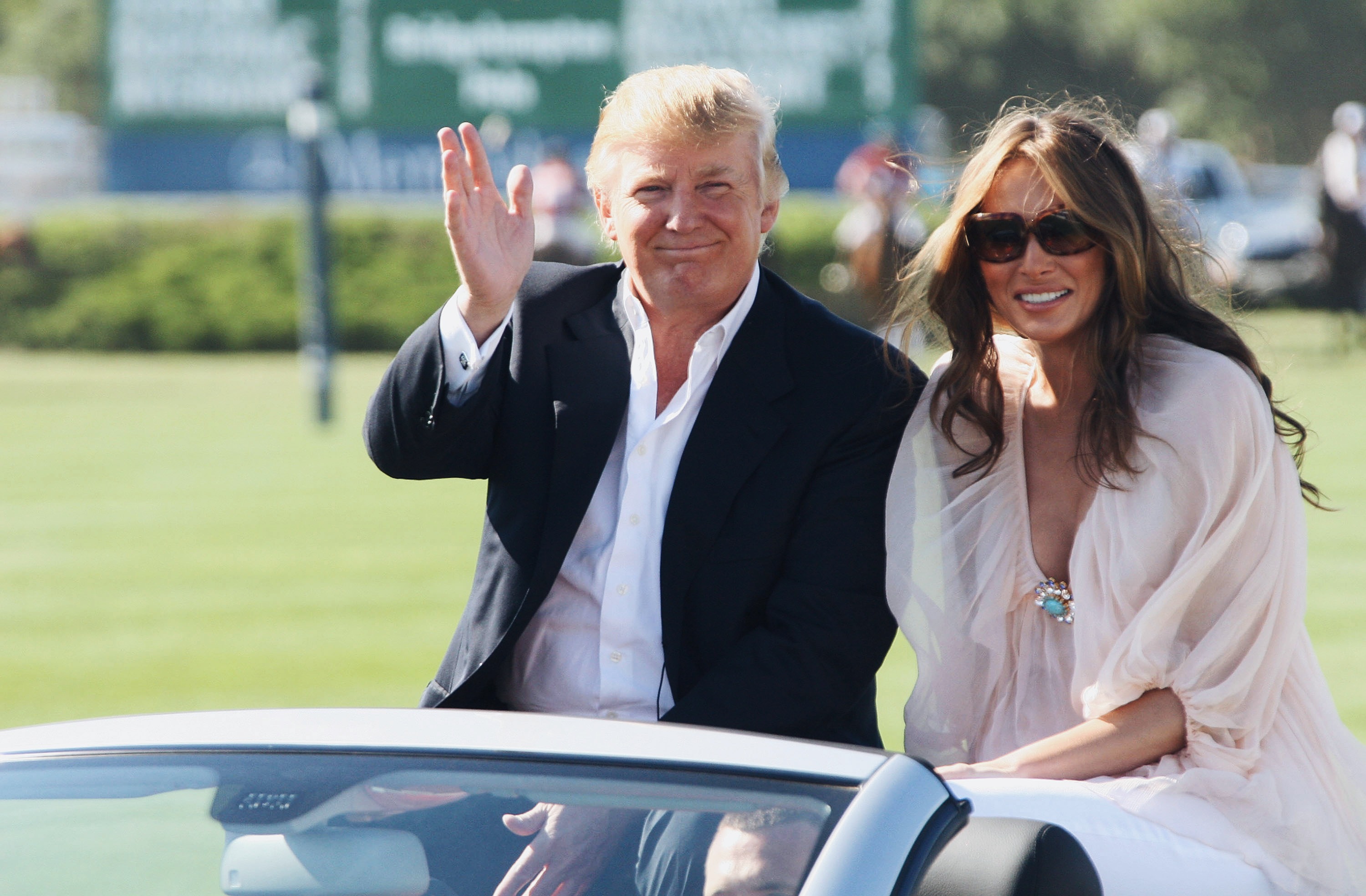In 2003, Donald Trump took delivery of a Mercedes-Benz SLR McLaren, a $450,000 German supercar that blended precision engineering with Formula 1 bravado. Photographed grinning over its bodywork in Manhattan, he looked every bit the unabashed playboy flaunting a new toy. Two decades on, he’s threatening to hammer the very firm that built it – and Germany’s car industry as a whole – with a 25 per cent tariff on European auto imports.
Germany’s post-Cold War boom was built on a single assumption: that ever-deeper globalisation was here to stay. As we explore in our book Broken Republik and its German sibling Totally Kaputt?, the country’s carmakers made an all-in bet on the so-called End of History.

Get Britain's best politics newsletters
Register to get The Spectator's insight and opinion straight to your inbox. You can then read two free articles each week.
Already a subscriber? Log in









Comments
Join the debate for just $5 for 3 months
Be part of the conversation with other Spectator readers by getting your first three months for $5.
UNLOCK ACCESS Just $5 for 3 monthsAlready a subscriber? Log in